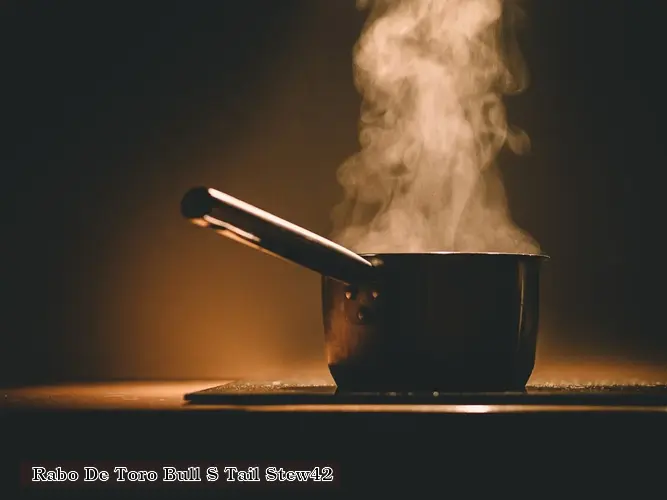

In the realm of Spanish gastronomy, few dishes evoke such a sense of warmth, comfort, and culinary artistry as Rabo de Toro, or Bull's Tail Stew. This traditional delicacy has captivated the palates of food enthusiasts for centuries, showcasing the rich flavors and culinary heritage of Spain.
Origins and History
Rabo de Toro traces its roots back to the humble kitchens of Andalusia, a region in southern Spain renowned for its vibrant culinary traditions. It is believed that the dish originated as a way to utilize the less desirable cuts of meat from the bull, which were often discarded or used for animal feed.
Over time, however, Rabo de Toro evolved into a culinary masterpiece, becoming a staple in Spanish homes and restaurants alike. Its popularity spread throughout the country and beyond, earning it a place among the most beloved dishes in Spanish cuisine.
Ingredients and Preparation
The key ingredient in Rabo de Toro is, of course, the bull's tail. This cut of meat is characterized by its rich, gelatinous texture and intense flavor. It is typically braised for several hours in a flavorful broth made with red wine, vegetables, and spices.
Other essential ingredients include:
The preparation of Rabo de Toro is a labor of love that requires patience and attention to detail. The bull's tail is first browned in a large pot or Dutch oven. The vegetables are then added and sautéed until softened. The red wine is poured in and allowed to reduce, infusing the stew with its deep flavors.
The broth is then added, along with the spices. The stew is brought to a boil, then reduced to a simmer and cooked for several hours, or until the meat is fall-off-the-bone tender.
Serving and Enjoyment
Rabo de Toro is traditionally served hot, accompanied by mashed potatoes or crusty bread. The tender meat, rich sauce, and aromatic vegetables create a symphony of flavors that is both comforting and satisfying.
The dish is often paired with a glass of red wine, which complements the robust flavors of the stew. It is a perfect meal for a cold winter evening or a special occasion.
Cultural Significance
Beyond its culinary appeal, Rabo de Toro holds a special place in Spanish culture. It is a dish that is deeply rooted in tradition and is often associated with family gatherings and celebrations.
The bull's tail has long been a symbol of strength and virility in Spanish culture. By consuming Rabo de Toro, it is believed that one can absorb some of these qualities.
Conclusion
Rabo de Toro is a culinary masterpiece that embodies the rich flavors and traditions of Spanish cuisine. Its tender meat, flavorful sauce, and aromatic vegetables create a dish that is both comforting and satisfying. Whether enjoyed as a family meal or a special occasion treat, Rabo de Toro is a testament to the enduring power of Spanish gastronomy.
DISCLAIMER: This information is provided for general informational purposes only, and publication does not constitute an endorsement. Kwick365 does not warrant the accuracy or completeness of any information, text, graphics, links, or other items contained within this content. Kwick365 does not guarantee you will achieve any specific results if you follow any advice herein. It may be advisable for you to consult with a professional such as a lawyer, accountant, or business advisor for advice specific to your situation.
today
Copyright © 2025 KwickEAT.com
Designed by KwickPOS is the best restaurant POS